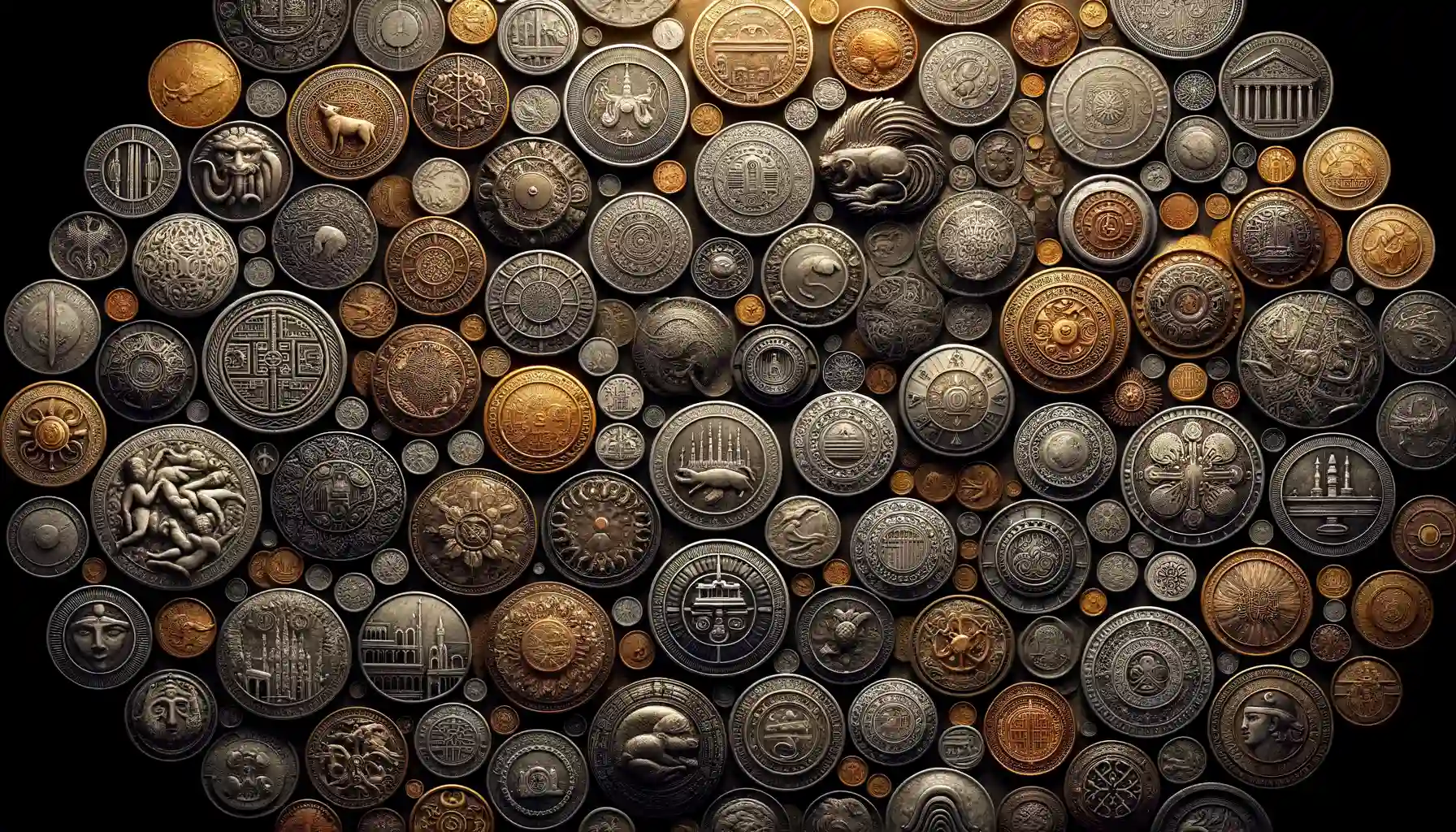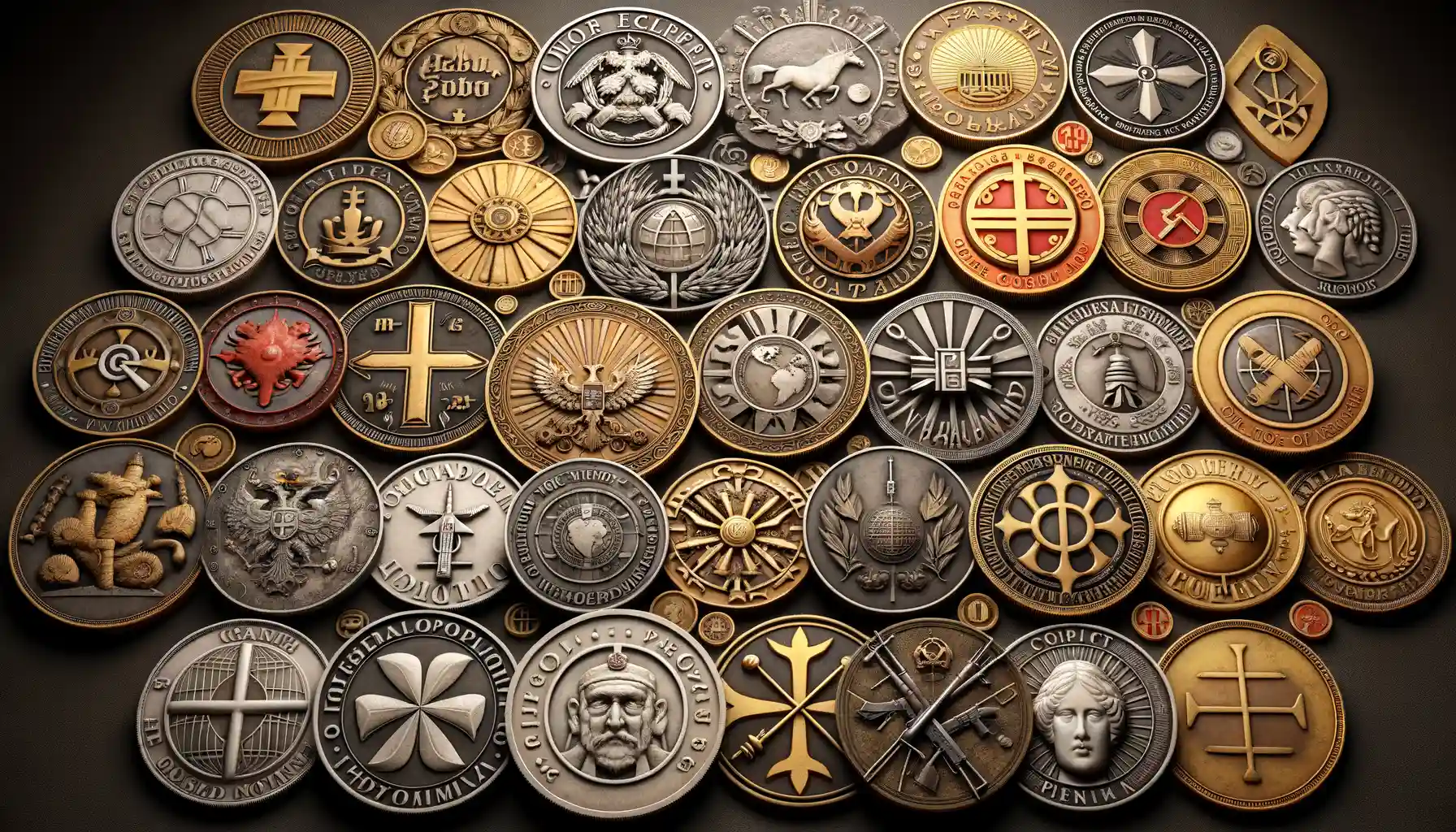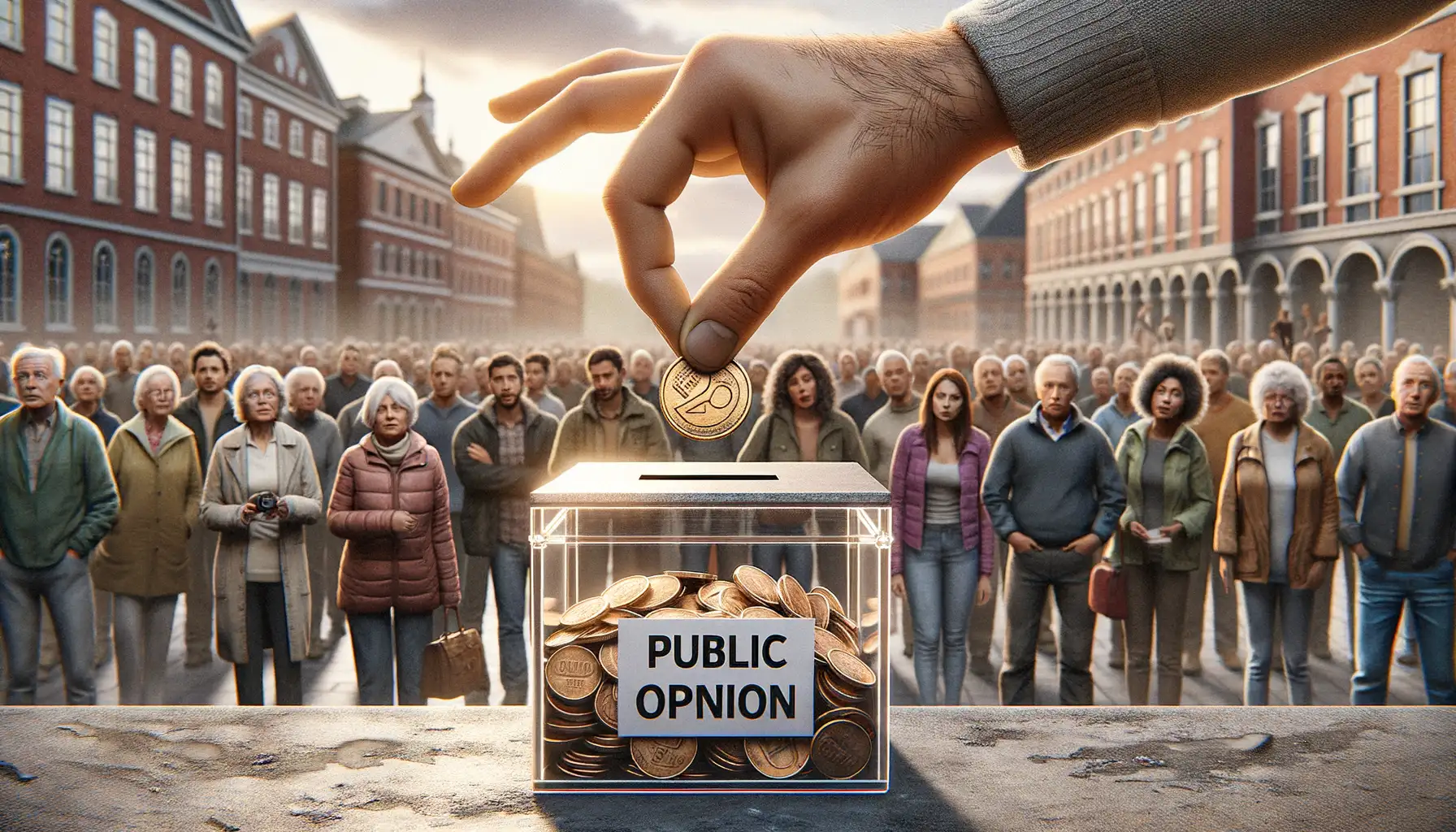Historical Context: Coins as Political Tools
Power in Your Pocket: The Political Purpose of Coins
Imagine holding history in your hand—a small, metallic artifact that whispers tales of empires and conquests. Coins have always been more than currency; they’ve been instruments of power, persuasion, and political maneuvering. In ancient times, rulers didn’t have live broadcasts or social media campaigns. What they did have were coins—portable, durable, and impossible to ignore.
Let’s travel back to the Roman Empire. Officials minted coins bearing the profiles of emperors with inscriptions like “Divine Caesar.” Why? To hammer home the idea that their leader wasn’t just any ruler, but a god-like figure. Through coins, propaganda traveled as far as the empire stretched, reaching even the most remote provinces.
- A Greek city might boast its patron deity on its coins, reinforcing civic identity.
- Victorious emperors often featured war scenes, reminding citizens who secured their peace and prosperity.
Now, picture this: a medieval peasant handed a coin emblazoned with the king’s face—a subtle yet pointed reminder of who ruled both land and law. Coins weren’t just money; they were pocket-sized power plays, turning humble transactions into acts of allegiance.
Symbolism and Imagery on Coins

Decoding the Hidden Messages on Coins
Coins are not just currency; they’re storytellers in metal. Every detail, every swirl of engraving, whispers something about the culture and power that created it. Look closely. That profile of a ruler? It’s not just a face—it’s a declaration of dominance, a reminder of who holds sway over your world. The symbols? Oh, they’re far more than decoration; they’re propaganda carefully pressed into silver and gold.
Take, for instance, the use of animals. An eagle with outstretched wings doesn’t just symbolize power—it screams it, announcing imperial ambition and territorial control. Or a laurel wreath, gently cradling a monarch’s head: not subtle at all. That’s a sign of divine favor, as if the gods themselves handpicked the ruler wearing it.
Coins speak in visual shorthand, blending art and authority. Noticed some cryptic Latin phrases or familiar landmarks? They’re no accident either! Each suggests heritage, legitimacy, and omnipresence.
- Weapons: Shields, swords, even chariots reinforce military strength.
- Celestial symbols: Stars, suns, or moons often equate rulers with cosmic forces.
Feel that metallic edge? It’s not just currency—it’s power made portable. Crazy, right?
Case Studies: Notable Examples of Propaganda Coins

Turning Metal into Messages: Famous Ancient Cases
Coins have long been more than just currency. They’re miniature billboards, carefully crafted to spread political agendas. Take, for example, the Roman denarius of Julius Caesar. This little coin caused quite the uproar—it boldly displayed Caesar’s own portrait, a break from tradition and a move that screamed, “I’m on par with the gods!” Imagine the shock for Romans who were used to seeing their coins stamped with gods, not mere mortals. It was both audacious and unforgettable.
And let’s not forget the story of Alexander the Great. His coins? Oh, they didn’t just pay for goods—they proclaimed his divine right to rule by showing him as Hercules, complete with lion-skin headdress. Subtle? Not exactly. Effective? Without a doubt.
- The Athenian owl coin shone as more than a symbol of wealth; it preached Athens’ dominance in trade and wisdom through its iconic owl and olive branch design.
- King Offa of Mercia minted a coin mimicking an Islamic dinar, complete with Arabic script—an eyebrow-raising attempt to flaunt cultural ties while flexing his global ambition.
Modern Twists on Timeless Tactics
Fast forward centuries, and propaganda coins are still whispering (or shouting) their messages. Think about World War II. Nazi Germany issued coins bearing the swastika and “Reichsadler”, leaving no subtlety about its ideology. Now imagine holding one of those coins in your hand—what a chilling reminder of how deeply propaganda can infiltrate even the smallest corners of life.
Even more surprising is how coins can play double roles. In occupied territories, the invading powers often issued new coins to assert control, replacing local designs with their own symbols of dominance. These weren’t just payments; they were constant, jingling reminders of who held the reins of power.
Impact of Coin Propaganda on Public Perception

The Power of Coins to Shape Minds and Hearts
Coins are far more than scraps of metal jingling in your pocket—they are storytellers, silent yet potent. Imagine holding a coin from ancient Rome. The profile of Emperor Augustus stares back at you, surrounded by symbols of victory. You aren’t just holding currency; you’re absorbing an idea: Augustus is a conqueror, a god among men. That’s the magic of coin propaganda—it transforms ordinary people into indirect witnesses of power.
The public response? Subtle but profound. Ordinary citizens, handling these coins daily, begin to associate certain faces and emblems with security, abundance, or fear. It’s a psychological tap on the shoulder—constant, inescapable, persuasive.
- Think of the Byzantine Empire’s coins, adorned with Christian symbols to reinforce divine rule.
- Or Nazi Germany’s Reichsmark, where eagles clutched swastikas, merging national identity with ideology.
Each coin became a miniature billboard for authority, ensuring *everyone* carried the message, whether they wanted to or not. Coins slip into homes and lives, bypassing walls that speeches or flags might hit. They’re quiet, unassuming agents of influence—and therein lies their dangerous brilliance.
Modern Relevance of Coinage in Political Messaging

Coins: Tiny Messengers of Modern Politics
It’s easy to dismiss coins as relics of the past, jingling in your pocket like loose change. But let’s pause for a moment—what if I told you these small metal discs are still whispering political messages today? Sounds far-fetched? Not at all. Modern governments and institutions continue to use coinage as a way to stamp (literally) their ideologies, milestones, and power onto a physical, tangible object that connects with millions.
Think about commemorative coins. Didn’t you feel a sense of history when you saw that coin celebrating, say, Nelson Mandela or the Moon landing? Imagine being handed a sleek design featuring bold words like “Victory” or “Unity.” It subtly embeds pride, power, or a shared national identity straight into your psyche.
- Consider Brexit-related coinage in the UK, inscribed with phrases like “Peace, Prosperity and Friendship with All Nations.” A soothing sentiment—or a clever ideological nudge?
- Or China releasing coins marking milestones in its technological advancements, quietly asserting dominance to a global audience.
The modern relevance lies in this simplicity. Coins slip easily into daily life, bypassing debates and media noise. They’re artifacts with missions, bridging the gap between the everyday and the eternal.